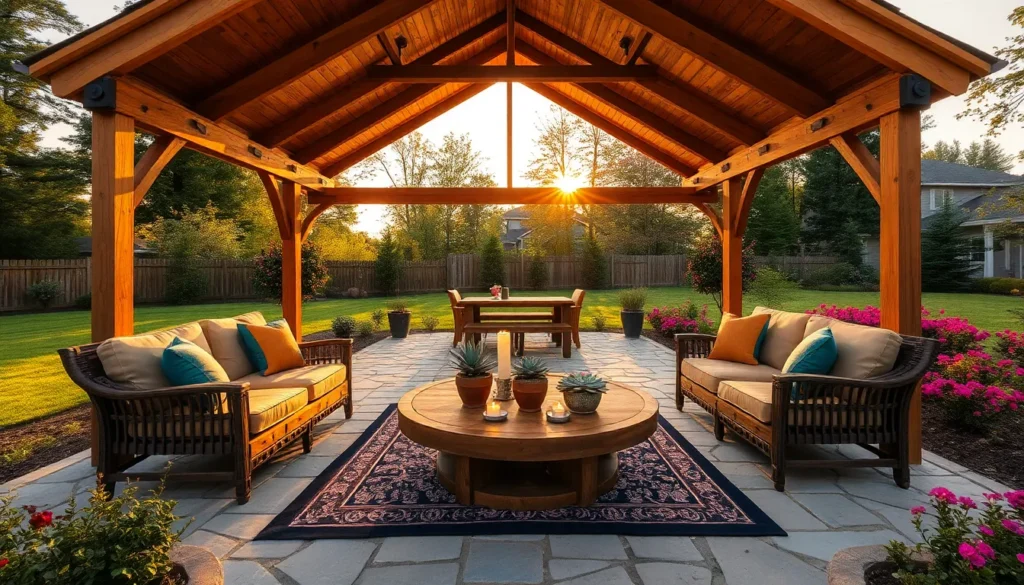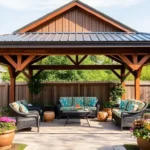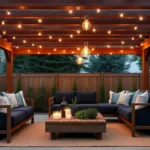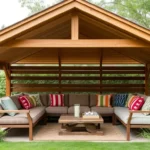Transforming your backyard into a haven of relaxation and entertainment is an exciting endeavor, and choosing the right pavilion is a cornerstone of that journey. Whether you’re just starting to explore outdoor design or you’re a seasoned homeowner looking to revamp your space, a pavilion can be the perfect addition to elevate both function and style. With so many options available, understanding what suits your needs and complements your landscape is essential to crafting your ideal outdoor retreat.
In this article, you’ll discover how to select a pavilion that not only enhances your backyard’s aesthetics but also serves your practical needs, whether it’s hosting family gatherings or creating a peaceful escape. We’ll guide you through key considerations such as size, materials, and design elements, ensuring you make an informed decision that enriches your outdoor living experience. So, let’s embark on this journey to find the perfect pavilion that turns your backyard dreams into reality.
Assess Your Backyard Space
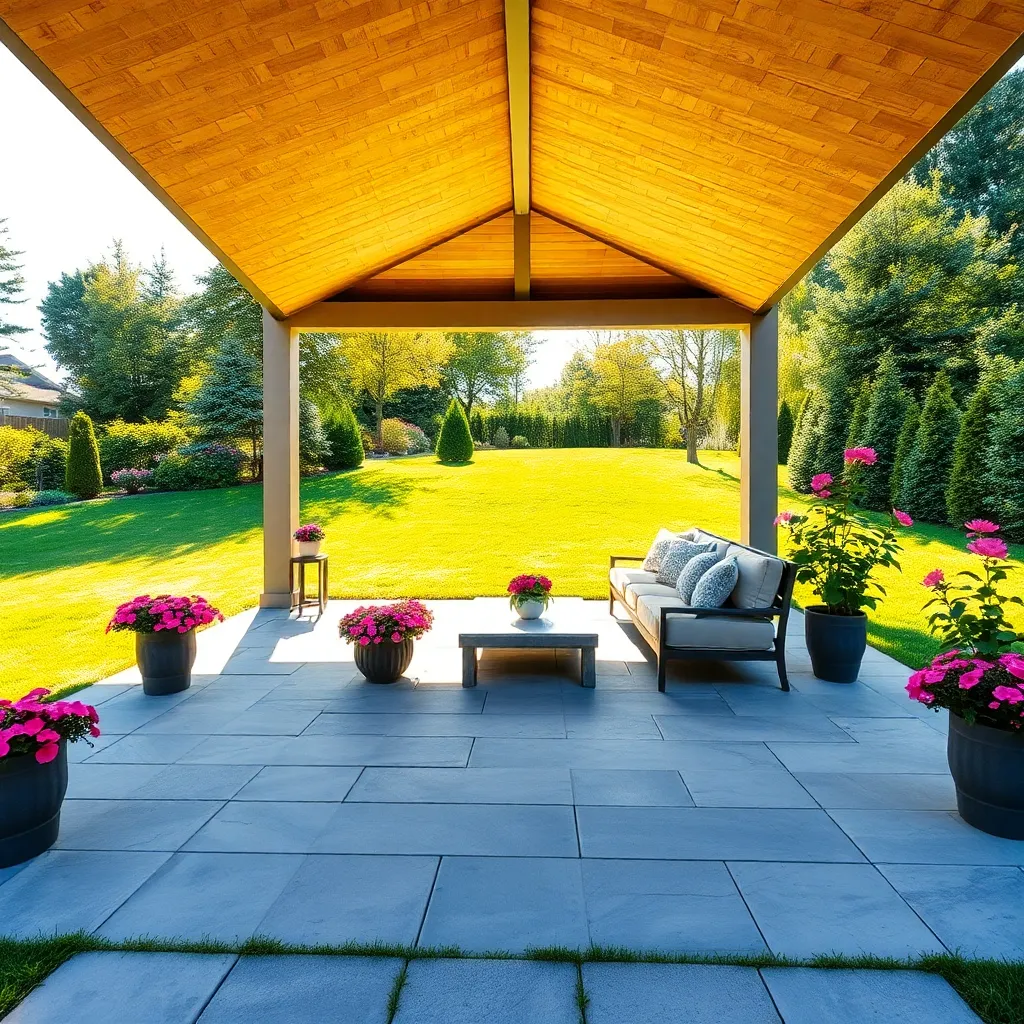
Before selecting a pavilion, it’s essential to evaluate the size and topography of your backyard. Measure the available space and consider factors like proximity to your home, existing vegetation, and any uneven ground that may require leveling. For beginners, a simple rectangular pavilion can often fit well in most backyards, while experienced gardeners might explore custom designs that incorporate unique shapes or multi-level structures.
Additionally, choose materials that complement your backyard’s existing aesthetic and weather conditions. Wood, metal, and vinyl are popular options, each offering distinct advantages such as durability and maintenance requirements. For those experienced in DIY projects, consider using sustainable materials like reclaimed wood, which adds character and reduces environmental impact. Whatever your choice, ensure the pavilion is both a functional and visually appealing addition to your outdoor space.
Identify Your Pavilion Purpose

Determining the purpose of your pavilion is the first step to ensuring it meets your needs. Whether you envision it as a serene retreat for relaxation or a vibrant hub for outdoor gatherings, clearly defining its function will guide your design choices. For a space dedicated to entertainment, consider a larger pavilion with features like integrated seating or a built-in grill. If solitude and relaxation are your goals, opt for a more intimate structure with cozy furnishings, perhaps incorporating natural materials like cedar or teak to blend with the landscape.
Materials play a crucial role in aligning your pavilion with its intended use. Weather-resistant options such as aluminum or treated wood ensure durability and low maintenance, crucial for high-traffic areas or regions with harsh climates. To enhance the aesthetic and functional appeal, include design elements like retractable screens for shade and privacy, or overhead lighting for evening use.
- For a polished look, consider adding a stone or brick foundation.
- Include storage options for accessories to keep the area tidy and organized.
By focusing on these details, you can create a pavilion that’s not only stylish but also practical and tailored to your lifestyle.
Choose Suitable Pavilion Materials

When selecting materials for your backyard pavilion, consider the climate and maintenance requirements. Wood is a popular choice for its natural aesthetic and versatility, with options like cedar and redwood offering excellent resistance to decay. However, wood requires regular sealing and staining to maintain its appearance and longevity. For a more low-maintenance option, consider aluminum or vinyl, which offer durability and weather resistance with minimal upkeep. Each material brings unique advantages, so weigh these against your local weather conditions and your willingness to maintain the pavilion over time.
Beyond material choice, think about the design elements that will enhance both function and style. Incorporating features like latticework or decorative posts can add visual interest and shade, while also supporting climbing plants for a natural canopy effect. For those interested in an advanced project, consider integrating a standing seam metal roof—ideal for areas prone to heavy rain or snow, as it offers superior durability and water runoff capabilities. Always ensure the pavilion’s dimensions suit your space and intended use, allowing for adequate seating and movement without overwhelming your backyard.
Consider Design and Aesthetics
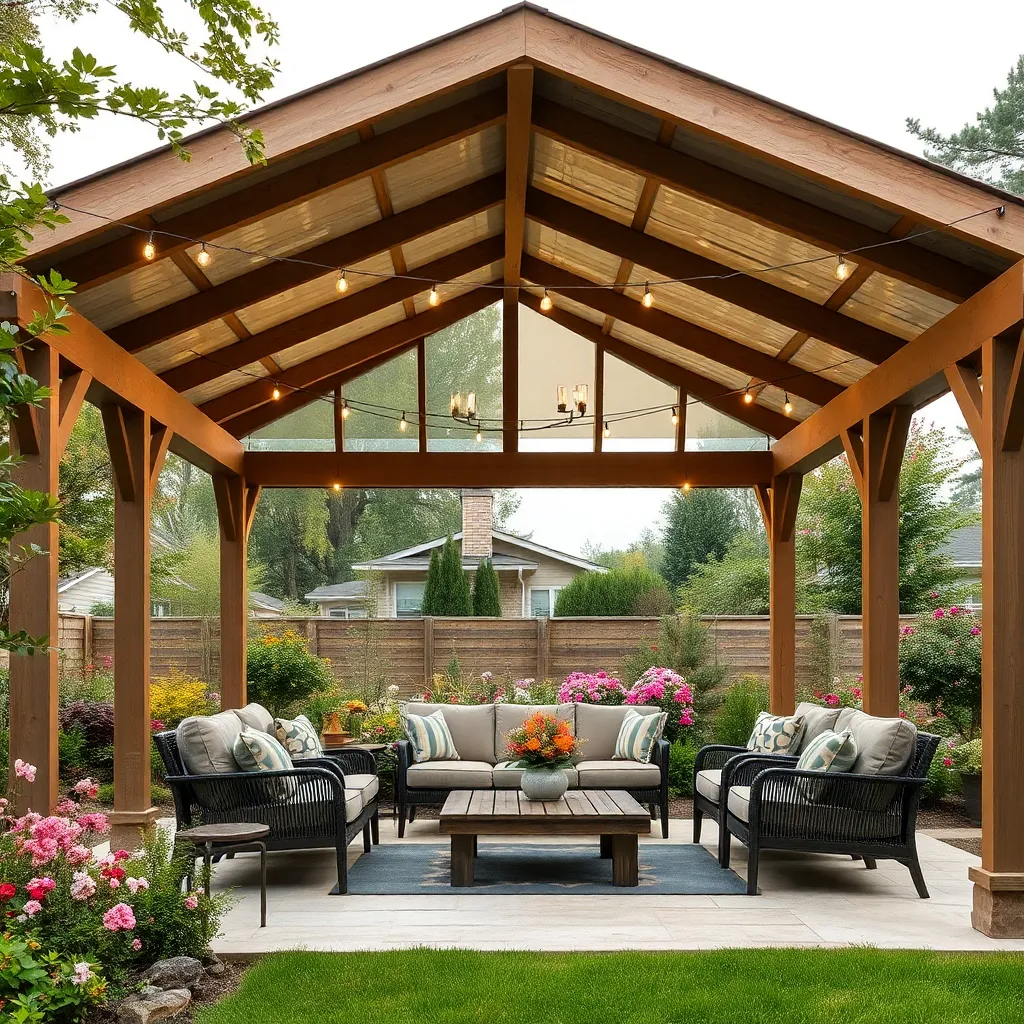
When considering the design and aesthetics of your pavilion, start by choosing a style that complements your existing backyard landscape. Whether you prefer a modern look with clean lines or a rustic, natural vibe, ensure that the pavilion’s design harmonizes with your garden’s theme. Opt for materials that reflect your style choice; for instance, sleek metal frames suit contemporary designs, while wooden structures with natural finishes appeal to those seeking a more traditional feel.
Beyond aesthetics, think about the pavilion’s size and shape to maximize functionality and beauty. For a balanced look, select a pavilion size that is proportional to your yard and aligns with your intended use, such as entertaining or relaxation. Consider incorporating features like decorative beams or latticework to add texture and visual interest. Advanced gardeners might explore custom lighting or integrated seating to enhance the pavilion’s ambiance and usability, creating an inviting outdoor haven.
Evaluate Budget and Maintenance Needs
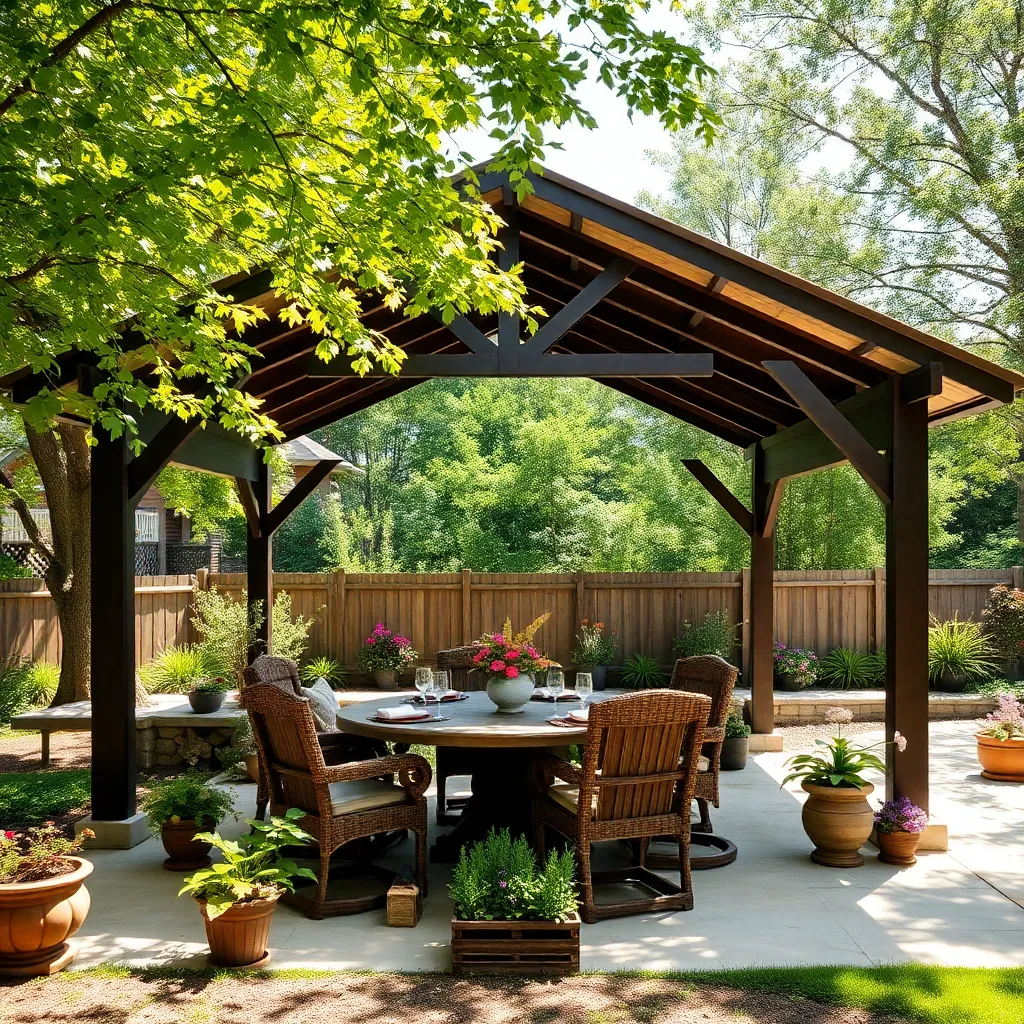
When evaluating your budget for a backyard pavilion, it’s crucial to balance cost with quality and durability. Consider materials like wood, metal, or vinyl, each offering unique benefits and price points. Beginners might opt for a ready-to-assemble kit, which typically ranges from $1,000 to $5,000, offering a straightforward installation process. For those looking to invest more, custom-built pavilions provide tailored designs but can significantly increase costs.
Maintenance needs should also play a key role in your decision-making. Wooden pavilions require regular sealing and staining to withstand weather conditions, while metal structures might need periodic rust treatment. Vinyl, though pricier upfront, offers low-maintenance longevity. For a hassle-free experience, consider adding a weather-resistant canopy or roof to protect your investment and reduce upkeep time. Regular checks for wear and tear will help ensure your pavilion remains a beautiful and functional part of your backyard retreat.
Conclusion: Creating Beautiful Outdoor Spaces
In navigating the journey of selecting the perfect pavilion for your backyard, we’ve uncovered five essential relationship insights: understanding your needs, aligning with your partner’s preferences, setting a budget together, seeking mutual aesthetic appeal, and prioritizing long-term enjoyment. These principles not only guide you in choosing the right structure but also strengthen your partnership by fostering open communication and shared decision-making.
As your next step, take a moment to sit down with your partner and discuss the vision you both have for your outdoor space. Use this conversation as an opportunity to explore each other’s desires and expectations, ensuring that your final choice is a true reflection of both your styles.
Remember, building strong relationships is about nurturing shared experiences and making decisions together. Bookmark this article now so you can revisit these valuable insights whenever needed. By doing so, you’ll be equipped not just for choosing a pavilion, but for facing any joint decisions with confidence and unity.
Looking forward, let these steps be a foundation for continued relationship success, where every choice you make together brings you closer. Embrace the journey with warmth and enthusiasm, knowing that each decision is a step towards a harmonious future.

